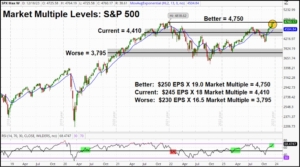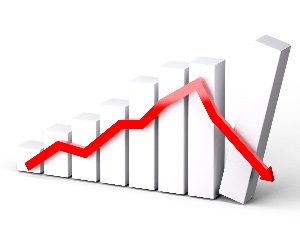Happy New Year
Happy New Year: Start a free trial of The Sevens Report.
What’s in Today’s Report:
- Happy New Year
Futures are little changed following a quiet night of news and ahead of the final trading day of the year.
Economically there was more evidence of global disinflation overnight as South Korea’s Core CPI fell to 2.8% vs. (E) 2.9% while Spain’s Core CPI also declined to 3.8% from 4.5%.
Geo-politically, there were no significant events overnight and the number of ships transiting the Suez Canal is rising again although tensions remain high.
Today there is one economic report, the Chicago PMI (E: 50.0), but barring a massive drop that shouldn’t move markets and we’d expect a mostly quiet trading on the final day of a good year in the markets and ahead of a long weekend. From all of us at Sevens Report Research please have a happy and safe New Year.
Sevens Report Q4 ’23 Quarterly Letter
The Q4 2023 Quarterly Letter will be delivered to advisor subscribers on Tuesday, January 2nd.
The S&P 500 will end 2023 close to all-time highs but the Santa rally has left many investors complacent towards risks in 2024. Showing clients and prospects a balanced view of markets is an opportunity to differentiate yourself from your competition and strengthen client relationships!
We will deliver the letter on the first business day of the quarter because we want you to be able to send your quarterly letter before your competition (and with little to no work from you).
You can view our Q3 ’23 Quarterly Letter here.
To learn more about the product (including price) please click this link, and if you’re interested in subscribing please email info@sevensreport.com.
Annual Discounts on Sevens Report, Alpha, Quarterly Letter, and Technicals.
If you have unused pre-tax research dollars, we offer month-free discounts on all our products. If you would like to extend current subscriptions or save money by upgrading to an annual subscription, please email info@sevensreport.com.
Join hundreds of advisors from huge brokerage firms like Morgan Stanley, Merrill Lynch, Wells Fargo Advisors, Raymond James, and more! To start your quarterly subscription and see how The Sevens Report can help you grow your business, click here.







